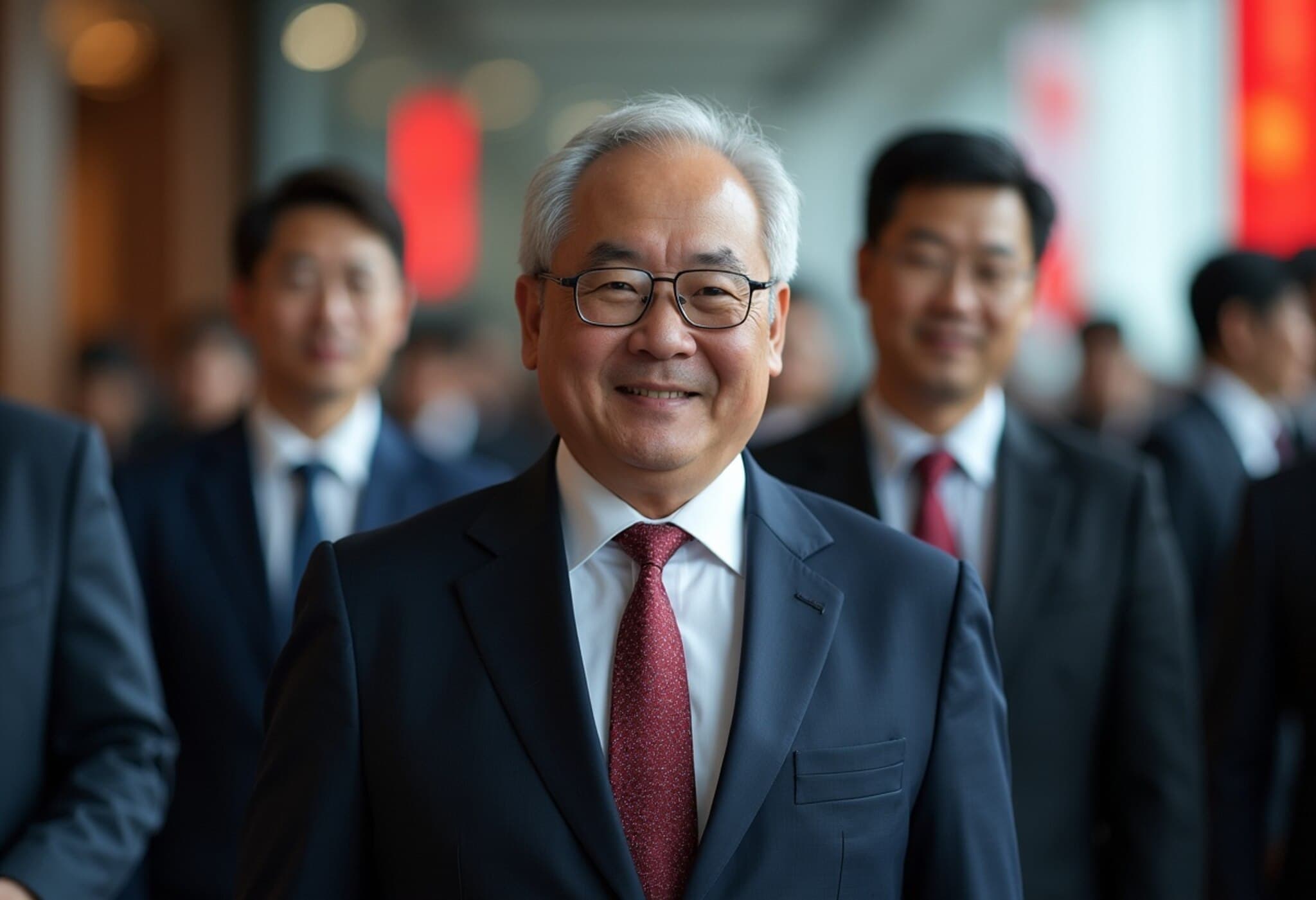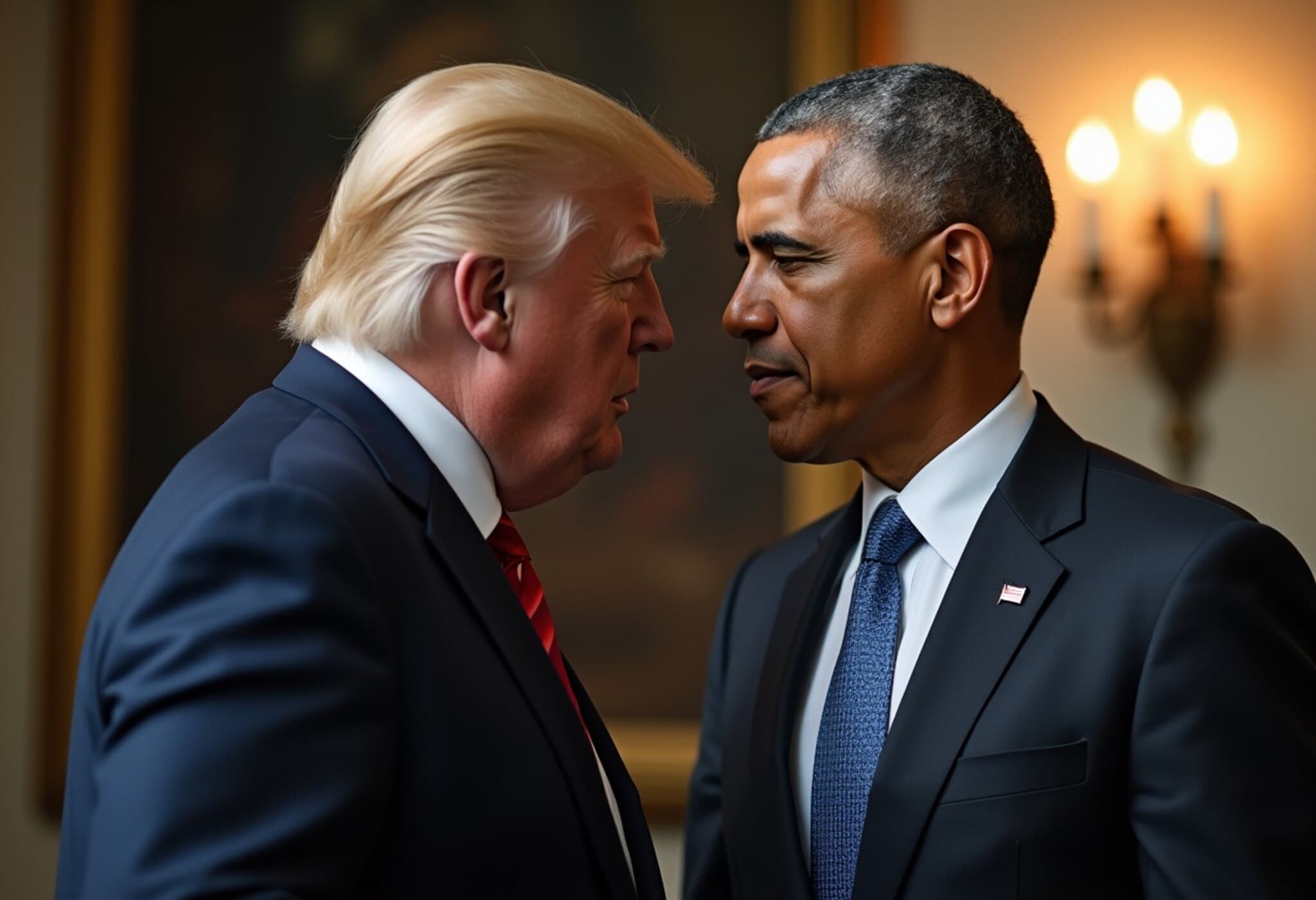Amazon’s Shanghai AI Lab Closure Marks a New Chapter in Tech Industry’s China Pullback
In a significant move echoing a broader trend among Western technology giants, Amazon has shut down its Artificial Intelligence (AI) lab in Shanghai. The closure represents not only a business recalibration but also the complex interplay of geopolitical and regulatory pressures shaping global tech operations today.
Geopolitical Strains and Strategic Shifts
Amazon Web Services (AWS) recently dissolved its Shanghai AI research division, dispersing the entire team, according to reports from the Financial Times. This decision unfolds against a backdrop of escalating US-China tensions and increasingly stringent policies imposed by China’s Communist Party, which have collectively pushed several multinational corporations to reevaluate their presence in China.
While Amazon has a sprawling workforce of over 10,000 employees in China, AWS’s AI segment reportedly employed more than 1,000 at its peak, with an unknown but presumably substantial number of positions impacted by this shutdown.
Corporate Voices and Industry Insights
Brad Glasser, an Amazon spokesperson, explained the decision as a necessary business optimization: "We’ve made the difficult business decision to eliminate some roles across particular teams in AWS. These decisions are necessary as we continue to invest, hire, and optimize resources.” This reflects a strategic pivot, wherein companies balance continued growth with agile resource allocation amid uncertain global dynamics.
The Human Side: Reflections from Inside the Shanghai Lab
Wang Minjie, a leading scientist at AWS Shanghai, candidly shared on social media the emotional toll of the closure, describing his team as "being dissolved due to strategic adjustments amid US-China tensions.” He highlighted the bittersweet nature of the moment, marking an end to “a golden era of foreign research labs in China” that spanned six years.
Echoes Across the Tech Industry
- IBM exited its China R&D operations last year due to regulatory challenges and shrinking revenue, resulting in around 1,000 job cuts.
- Microsoft asked hundreds of its employees to relocate from China, signaling a cautious retreat.
- Apple and Dell have diversified their manufacturing bases, with Apple manufacturing 15% of its iPhones in India as part of a broader supply chain realignment.
Underlying Forces: Navigating a Complex Landscape
This wave of Western corporate recalibrations is shaped by multiple converging factors:
- Export Controls: Western-imposed restrictions limit collaboration opportunities for China-based researchers and curb China’s access to cutting-edge technologies and hardware.
- Geopolitical Tensions: Ongoing diplomatic frictions create uncertainty and operational risk for companies reliant on China-based facilities.
- Supply Chain Diversification: The Covid-19 pandemic exposed vulnerabilities in global manufacturing dependencies, prompting strategies like "China-plus-one," where companies expand manufacturing outside China to mitigate risks.
What This Means for the Future of Tech in China and Beyond
Amazon’s decision is emblematic of a broader recalibration in the global technology sector’s relationship with China. As companies grapple with regulatory barriers and geopolitical uncertainties, the once robust and unchallenged growth of foreign tech operations in China now faces mounting headwinds.
From an American policy perspective, the move underscores the effectiveness and reach of US export controls designed to limit China’s technological advancements. Simultaneously, it raises questions about the future trajectory of international tech collaborations and innovation ecosystems in the Asia-Pacific region.
Economically, the exit or scale-back of major Western tech entities could have knock-on effects on China’s AI ambitions and wider tech ecosystem, fostering opportunities for domestic firms or other global players less entangled in US-China tensions.
Editor’s Note
The closure of Amazon’s Shanghai AI lab is more than a corporate downsizing; it reflects the shifting tectonics of global technology competition and diplomacy. Readers should consider how these developments affect innovation, international cooperation, and the future global tech landscape. Will China’s domestic market and homegrown firms fill the void left by these Western retreats? And how might US and allied policies further shape technological frontiers in the years ahead?



















